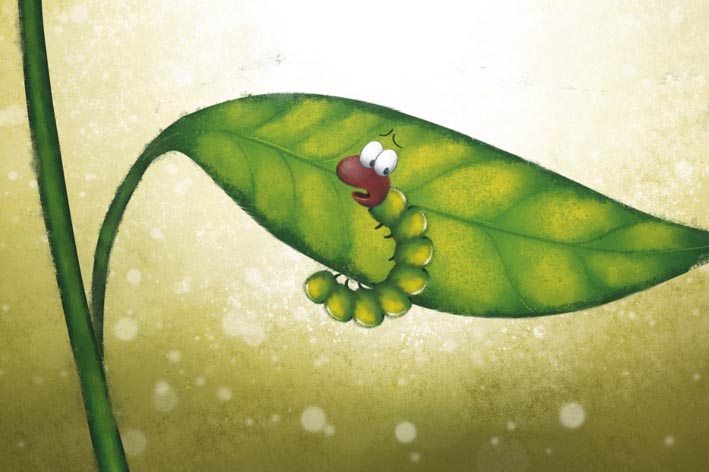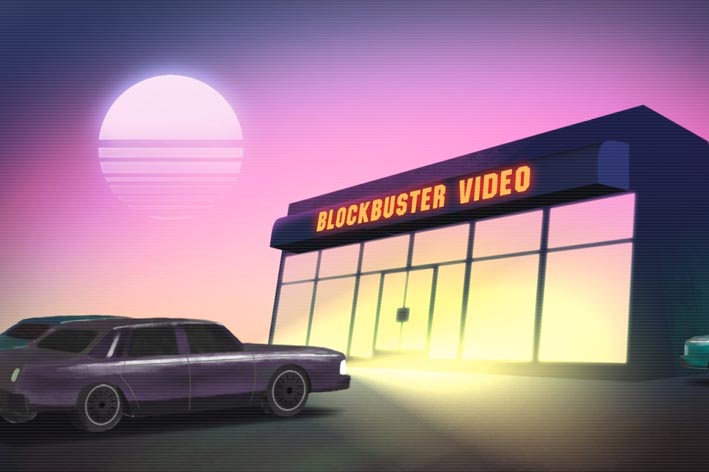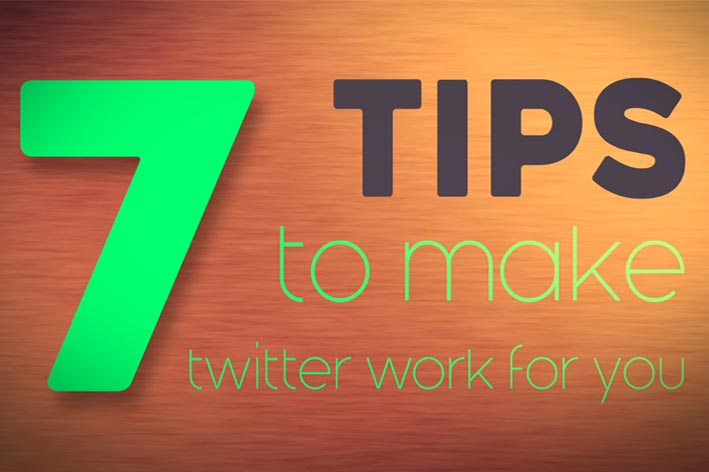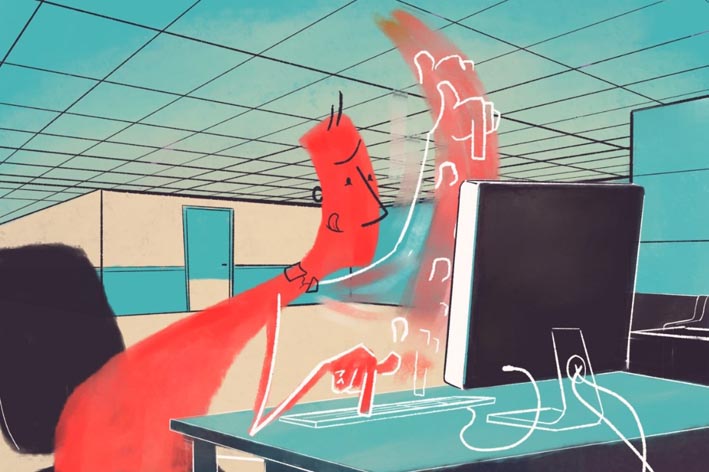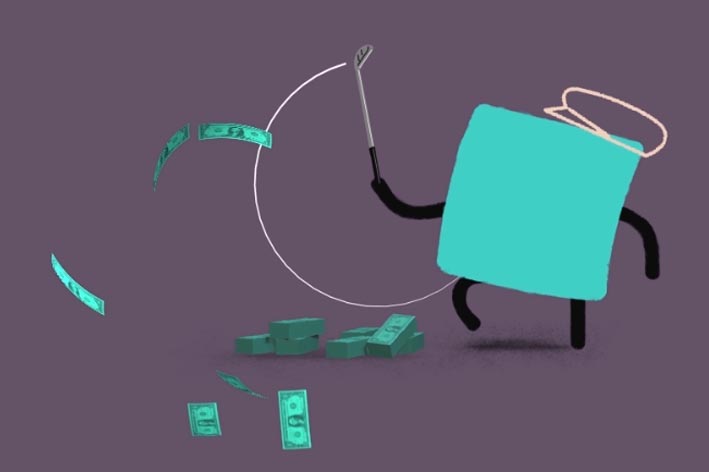Leadership: Mentorship Attitudes
Circus Street
Direction | Design | Animation
Part of a larger lesson on Leadership and mentoring for businesses to use as part of their internal training.
I like to start a project by printing off the script with extra wide line spacing and sketching thumbnail ideas and notes in the spaces. By the time I've finished doing this it works as a storyboard, but is only really readable to myself at this stage.
From here I like to make an animatic to get an idea of how the final animation will be paced. This is also usually the point I start to think about style and the composition of each shot. Once this stage is complete it gives me a good idea about the timing of the piece and whether I need to add or take away any sections.
I find that animatics are also a great way to get feedback. Storyboards can be quite difficult to visualise for people who are not used to reading them (and sometimes even those of us who are used to them). An animatic allows for a more accurate representation of the final result and gives an idea of the intended timing and movement.
Of course sometimes a presentable storyboard is necessary and I often create that using stills from the animatic having made the animatic first.
I normally work out the style I'm going to use for an animation alongside the animatic phase.
From there I incorporate any feedback and changes I want to make and start producing assets for the final animation.
In this case for the beehive to save the time of drawing an accurate perspective drawing I modelled a very basic beehive shape in Cinema 4D and rendered it out at the right angle before painting over it to make it fit the style of the rest of the animation.
I used a similar technique for the inside of the beehive. Creating a 3D model to give me a sense of the environment and lighting before distorting the render and painting over it to get the effect I wanted.
